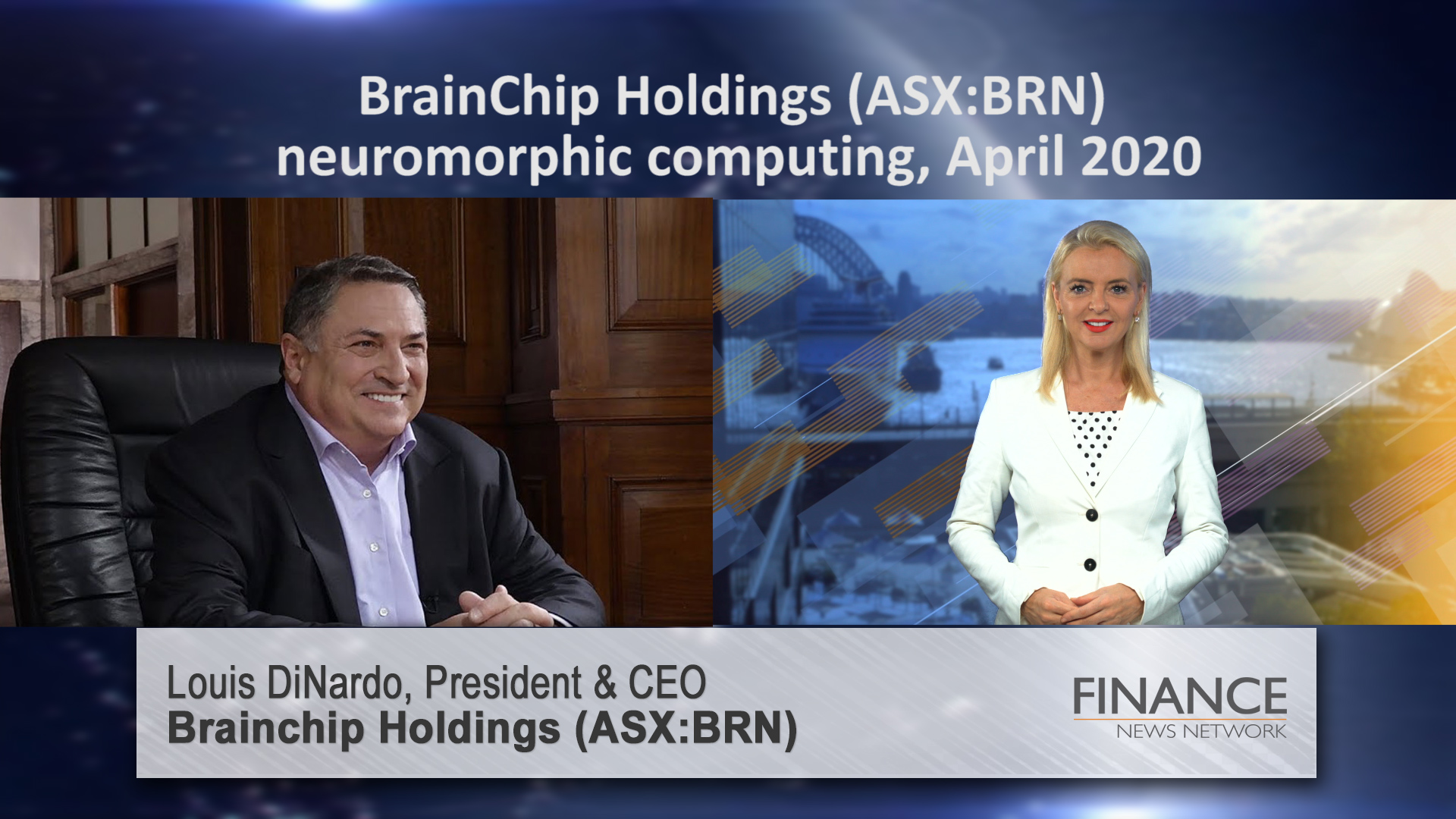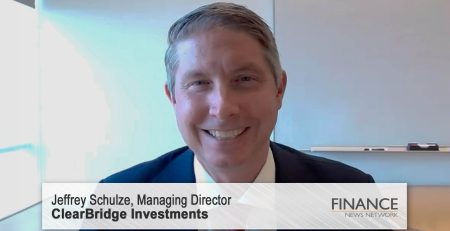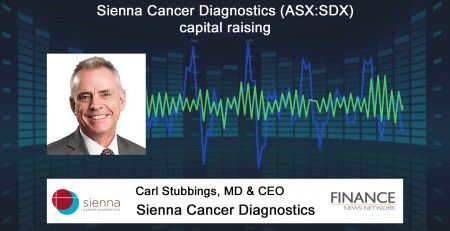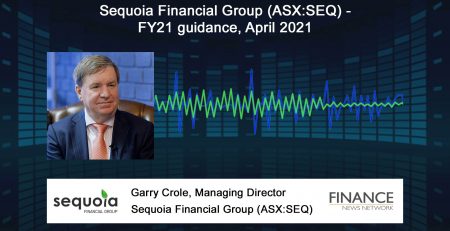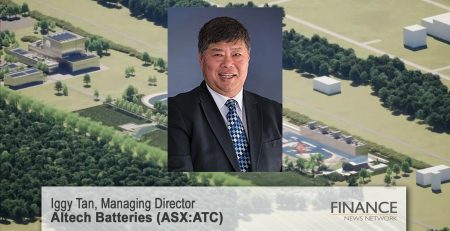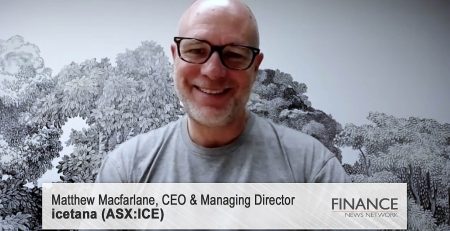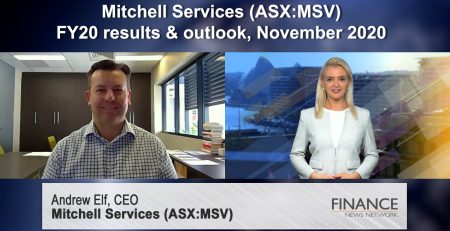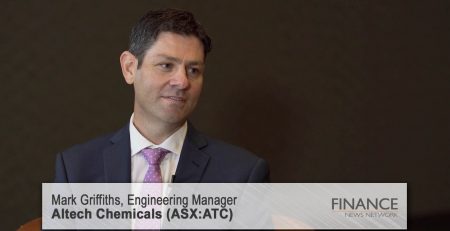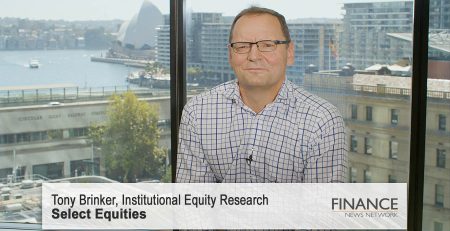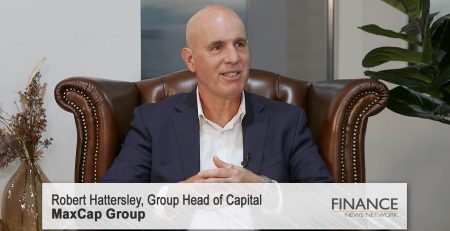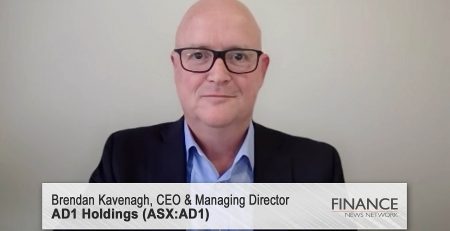BrainChip Holdings (ASX:BRN) neuromorphic computing
BrainChip Holdings (ASX:BRN BrainChip Holdings (ASX:BRN) CEO Lou DiNardo talks about its Akida integrated circuit, its advantages in event-based convolutional (e-conv) networks, applications and its move to wafer production and first engineering samples by Q3 2020.
Rachael Jones: Hi, I'm Rachel Jones for the Finance News Network. Joining me today from BrainChip holdings is CEO Lou DiNardo. Lou, welcome back to the network.
Lou DiNardo: Thank you very much.
Rachael Jones:Now, BrainChip is developing an event domain neural processor or chip for edge AI applications. Can you please explain this for our viewers?
Lou DiNardo: Yeah, to put it in layman's terms, when we say event domain, it really is, when you think about the name BrainChip, we have two founders. One is a neuroscientist, one does a chip developer. So what we've done is we've taken the way your brain operates and we've put it in digital logic in silicon. And the way your brain operates, our brains operate, is that when we see an event, we process it. If we see something we already know, we don't, and that is what allows us to do ultra low power processing at the edge, which is required at the edge. When you think about devices that are going to be in the field, a surveillance camera, an IOT device, you need ultra low power. And the way we accomplish that is by basically processing data the same way your brain does.
Rachael Jones:Thanks, Lou. Now, can you tell us how the company is progressing and when customers can actually try out the chip?
Lou DiNardo: Yeah, it's interesting. We had our Akida, we call our device Akida, which is the Greek word for spike or event. That's been in the marketplace for the better part of the year. It's a full simulation. So people, customers, potential customers, have been able to play with the Akida development environment for quite some time. The chip is now in wafer fabrication and we'll have engineering samples in the early part of Q3 2020.
In the meantime, we are marketing aggressively the intellectual property. There are edge devices which really don't have enough space for another chip, and what you have, what we call system on a chip, or ASICs, application-specific ICs. The opportunity for us to market our intellectual property for those companies that are building their own chips is already well underway and we've got several contracts that we're working on. Lou, it's very obvious, 2020 will be a pivotal year for the company. Despite the disruption caused by COVID-19, what are the priorities that you have? First of all, let's talk about the wafer fabrication. Certainly. Wafer fabrication began on April 8th. We have a back-end partner, which is one of the leading ASIC suppliers in the world, actually the second-largest ASIC supplier in the world, a company called Socionext, which was formerly Fujitsu Microelectronics and Panasonic combined. The Bank of Japan took them private. In advance of the wafers coming out, which were started on April 8th, the intellectual property to be integrated into other manufacturers' ICs is well underway. But the wafers are in fab. We expect them out sometime in the early part of the third quarter. Customers currently using our simulation tool and our emulation environment on an FPGA will have engineering samples in the early part of Q3.
Rachel Jones: What can you tell me about the technology validation?
Lou DiNardo: That has been really what we've been working on for the last six months to a year. We have very deep technology validation going on everywhere: Seoul, South Korea; mainland China; Europe and the United States; top tier suppliers in the automotive industry; top tier suppliers in the smart home industry. We're starting to work in the medical industry, so the technology validation has gone really, really quite well know. Certainly the Akida development environment, the software simulation, which is a very robust tool, has helped in that regard. The FPGA has allowed us to do validation, and certainly when the the IC comes out in the first part of Q3 and customers will actually get to play with the IC and install it in their systems.
Rachael Jones: Thanks, Lou. Now, interestingly, BrainChip is the only chip developer on the ASX. What does the next two to three years look like for BrainChip?
Lou DiNardo: You make an interesting point there about being the only ship developer on the ASX. Maybe more importantly, we are the only, in my view, with reasonable knowledge, we're the only publicly traded pure play AI company. If you want to be a public market investor in artificial intelligence, certainly you could buy Nvidia, you could buy Google, you can go to Intel, you can buy Tesla. But you get the whole bundle. We are the only pure play public AI company. So there's a lot of folks in the venture capital industry, the venture capital market, making a lot of money on AI. But for a public market investor, we really are the only pure play public company.
Rachel Jones: Excellent. And to the last question now, Lou. Is there anything else that you'd like to add?
Lou DiNardo: Well, I think you did ask a pivotal question about COVID-19. This is a pivotal year for us, and communication certainly has been challenged. I expected to spend this past February, the entire month, in fact, in Korea and mainland China. That certainly didn't happen. But we have found ways to communicate as we are doing here today. So, I think it's a challenge. It's one that we will get past and we'll come out on the other side.
Rachael Jones: Lou DiNardo, thanks so much for the update, and best of luck for this year.
Lou DiNardo: Thank you very much.
Ends
Copyright 2020 – Finance News Network
Source: Finance News Network

